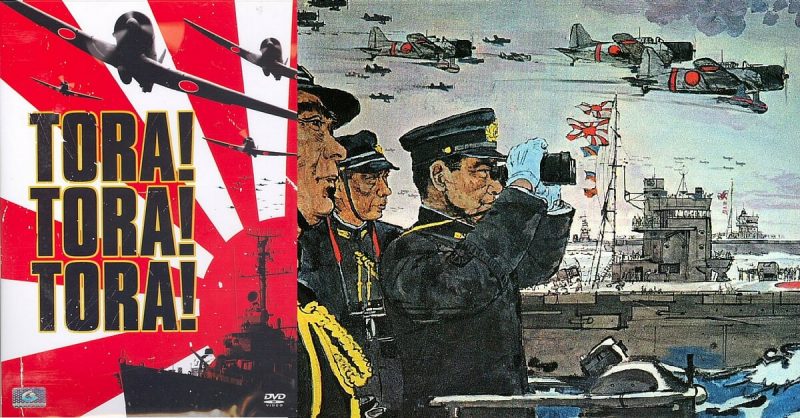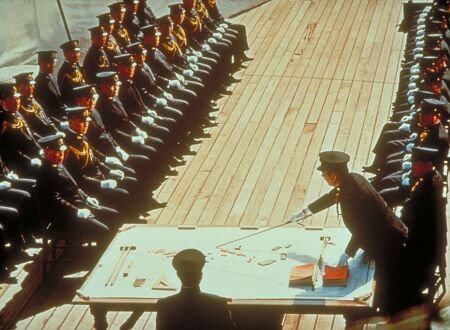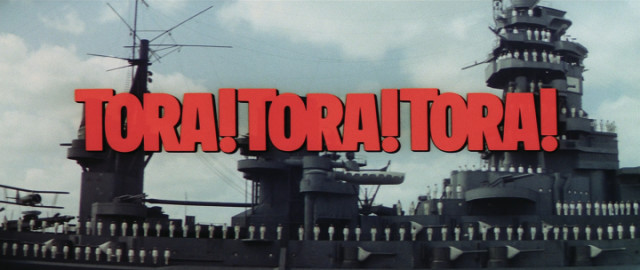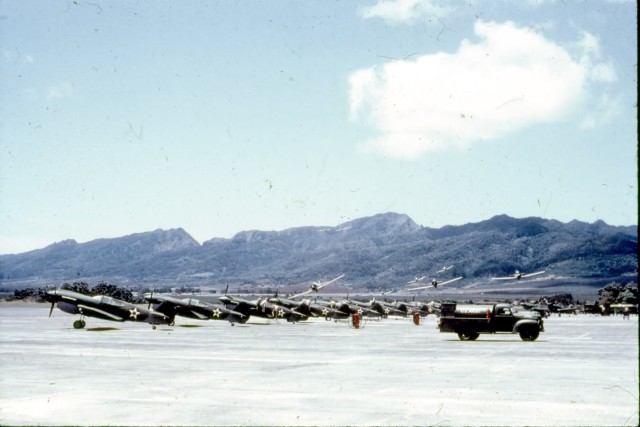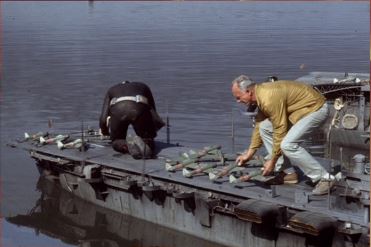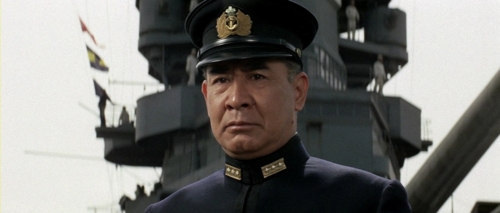Tora! Tora! Tora! (1970) is a film depicting the events of December 7, 1941, when Japan attacked the US Fleet at Pearl Harbour.
The producers did not want it to glorify the American forces, but rather they aimed to show the Japanese viewpoint too.
They also did not want to employ big name actors who would distract from the story. Neville Brand, who played Lieutenant Kiminski, was, however, the third most decorated serviceman in the US Armed Forces.
The word ‘Tora’ is Japanese for ‘surprise attack.’ ‘Tora! Tora! Tora!’ were the code words used by the Japanese to communicate the fact that the US had been completely surprised.
The United States, though supplying material to the Allies, did not want to directly enter the war against the Axis powers. Nevertheless, tensions between the US and Japan were escalating in 1941, and it seemed that the two nations were on the brink of war.
Then Japan launched a surprise attack on the US Pacific Fleet moored at Pearl Harbour. The following day, December 8, the United States declared war on Japan.
Japan’s allies Germany and Italy declared war on the United States. The United States had entered the war.
Facts
The planning and preparation of Tora! Tora! Tora! took three years and eight months. The production of the movie was split in two.
Richard Fleischer directed in the United States. Akira Kurosawa, and after him, Toshio Masuda and Kinji Fukasuku, directed the scenes in Japan.
The screenplay was written by Hideo Oguni, Larry Forrester and Ryuzo Kikushima, Gordon Prange, from the University of Maryland, was a consultant.
The screenplay was based on information from the books of the military historian Ladislas Farago. The production team took great pains to be as accurate as it could.
Some of the many technical advisors, both US and Japanese, had participated in various stages of the Pearl Harbour action and were vital for the accuracy of the film.
One of these, Minoru Genda, had actually assisted in the planning of the attack in 1941. He is uncredited in the film.
Assembling a ‘fleet’ and aircraft to reenact the events of December 7 was a huge task. The carrier seen entering the harbor toward the film’s end is an Iwo Jima-class amphibious assault ship, USS Tripoli.
The anti-submarine carrier USS Yorktown was modified to become a Japanese aircraft carrier.
Similarly many aircraft used in the film were modified for the purpose. The Japanese air fleet was put together by Lynn Garrison. Some of his modified aircraft would also be used on the movies Midway (1976), The Final Countdown (1980) and Pearl Harbour (2001).
Some are still used in various air shows. The Japanese AGM Zero fighters, torpedo bombers, and dive bombers were in fact modified RCAF Harvard (T-6 Texan) training or BT-13 Valiant training aircraft.
The USS Yorktown was used to transport the aircraft and maintenance crew from San Diego to Hawaii. The Japanese aircraft launches were filmed on the Yorktown when she was a few miles west of San Diego.
Not being authentic Japanese aircraft, these planes did not have the equipment necessary to land back on the Yorktown, so they returned to port on North Island in San Diego. The Yorktown then sailed after them and re-loaded them.
They were then taken to Hawaii for the Pearl Harbour attack scenes.
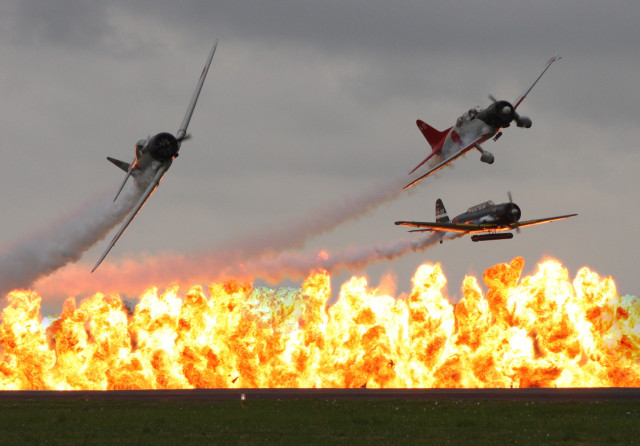
The US Navy allowed their personnel to participate in the attack scenes. This brought heavy criticism from US citizens who fear that the filming of the attack glorified the strength of the Japanese and portrayed the Americans as weak.
The Navy ordered that servicemen and servicewomen could only work on the set off-duty, and they had to be paid as extras.
Many planes crashed during filming, and these were, of course, staged crashes. But one Boeing B-17 Flying Fortress crashed in an accident.
During filming, the pilot informed the film crew that the plane’s landing gear was jammed. It touched down on only one wheel, sustaining minor damage to the starboard wing. The production team decided to use the footage of the actual crash.
For the moments before the crash, it substituted footage of another Flying Fortress whose landing gear had been manually retracted. The difference in production is quite visible.
Five Being B-17s were acquired for filming. Other US aircraft used were the Curtiss P-40 Warhawk and other Consolidated PBY Catalinas.
Other US planes shown in the film, such as the P-40 fighters, are, for the most part, fiberglass props.
One of these models crashed in the wrong place in a line of other P-40s. The men filmed running for their lives were really running for their lives.
The battleship which figures in the opening scenes of the film was, in fact, a complete replica. It was built on a Japanese beach alongside a replica of another carrier, the Akagi.
Mistakes
For all the devotion to historical authenticity in the film, there are a number of production mistakes.
The bridge island on the Agaki is on the starboard as on most carriers. However, the Agaki was the exception, with the bridge on the port. Nevertheless, the filming was mirrored to make it appear on the port side.
In the film, there is a scene where a damaged Japanese Zero fighter deliberately crashes into a hangar. In reality, there were three Zero crashes but none into a hangar.
The first Zero hit the ordnance building at Fort Kamehameha. The second struck a hillside after being shot. The third crashed into the USS Curtiss.
All the Japanese aircraft have the markings of a plane launched from the Agaki. However, each carrier had its own set of markings.
Further, the markings do not display the planes’ ID numbers. The red roundel on the aircraft is surrounded by white, but the surround was not introduced until 1942.
Finally, in a number of scenes attack squadrons are seen flying across Oahu, and a small cross can be seen on the mountainside.
Yet this cross was in fact placed after the Japanese attack as a memorial to the victims.
There are some inaccuracies in the dialogue too. For example, when the Japanese characters mention the date of the attack they are saying ‘December 8’. This is correct, as Japanese time is ahead of American.
This was however translated ‘December 7’ for the sake of US audiences.
Admiral Isoruku Yamamoto speaks the famous line about having ‘roused a sleeping giant and filled him with a terrible resolve.’ Yet this would appear to have been attributed to him after the war, and it is unlikely that he actually said those words.
Tora! Tora! Tora! was highly successful in Japan when it was released, but in the USA film was not so well-received.
Nevertheless, it was acclaimed for its powerful action scenes, and has become a film classic.
Trailer
